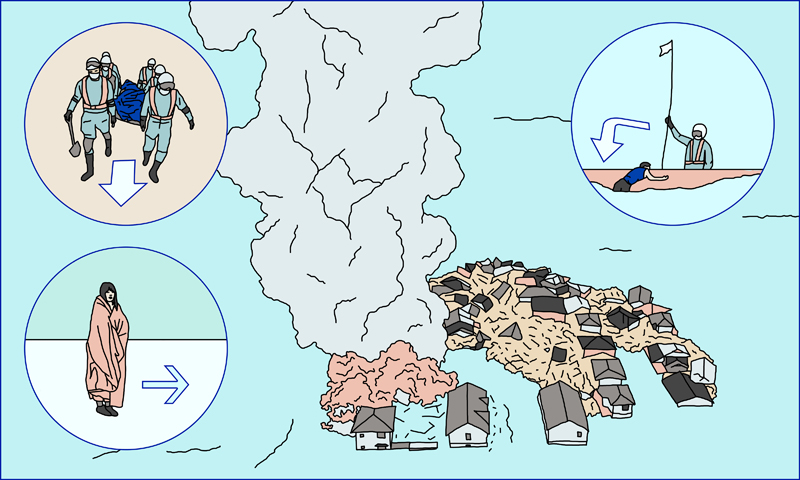
Quake, Tsunami / Quake, Tsunami / Slams, Sweeps, Devastates
Inkjet print, 36 X 60 inches, 2011
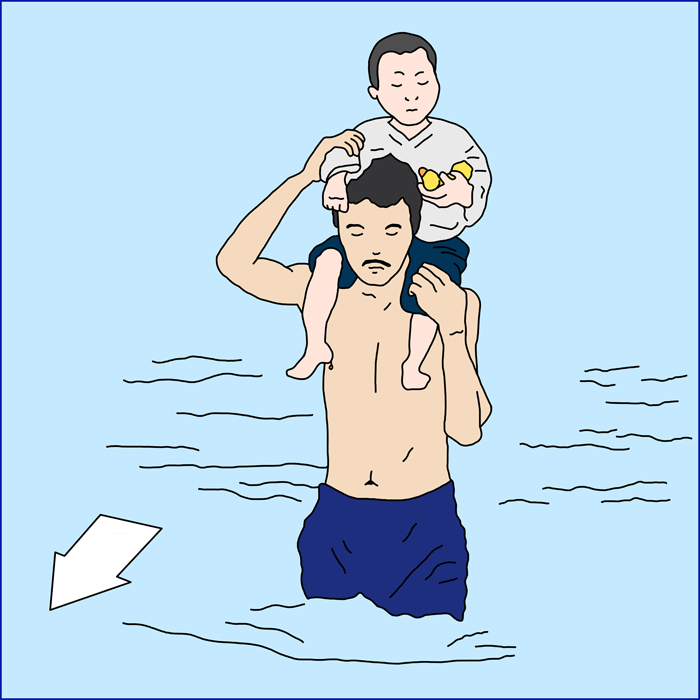
Scores Dead and Hundreds Feared Missing, Aug. 10, 2009
Inkjet print, 36 x 36 inches, 2009-10
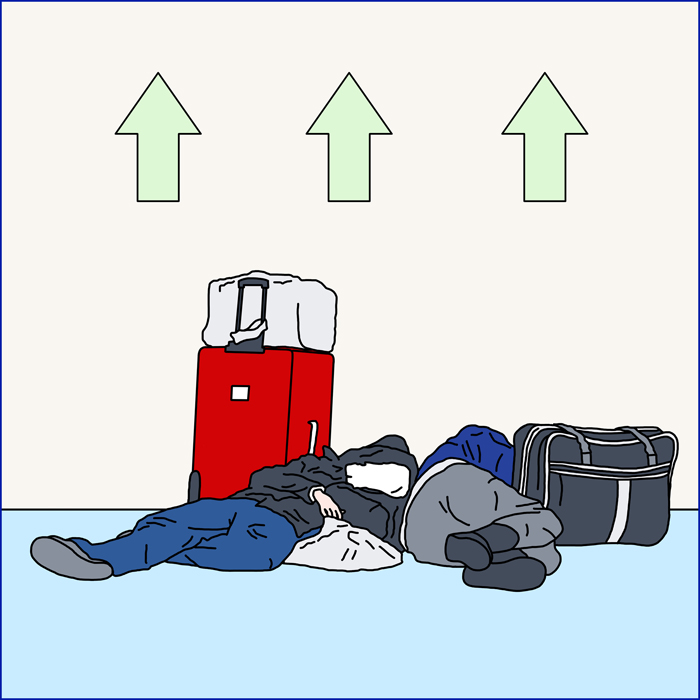
Icelandic Volcanic Ash Creates Air-Travel Chaos, Apr. 15, 2010
Inkjet print, 36 x 36 inches, 2010
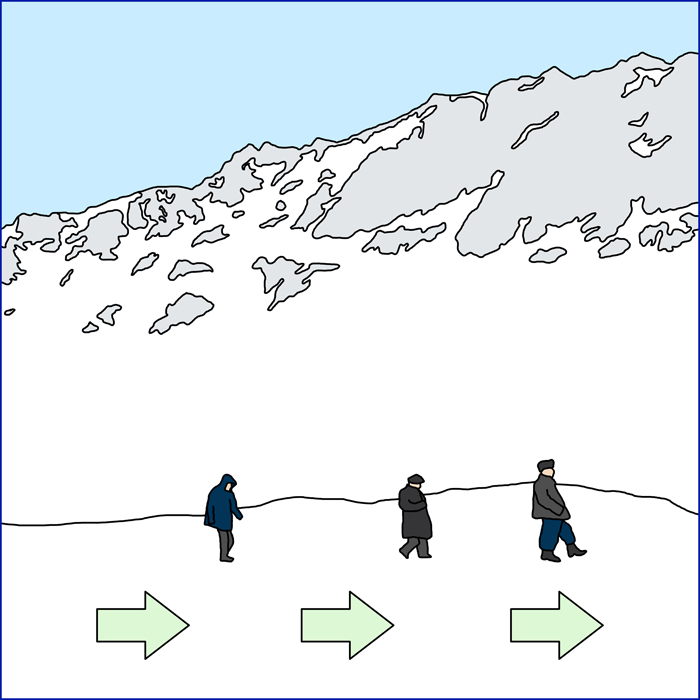
Avalanches kill 64 and injures dozens near Salang tunnel, Feb. 10, 2010
Inkjet print, 36 x 36 inches, 2010
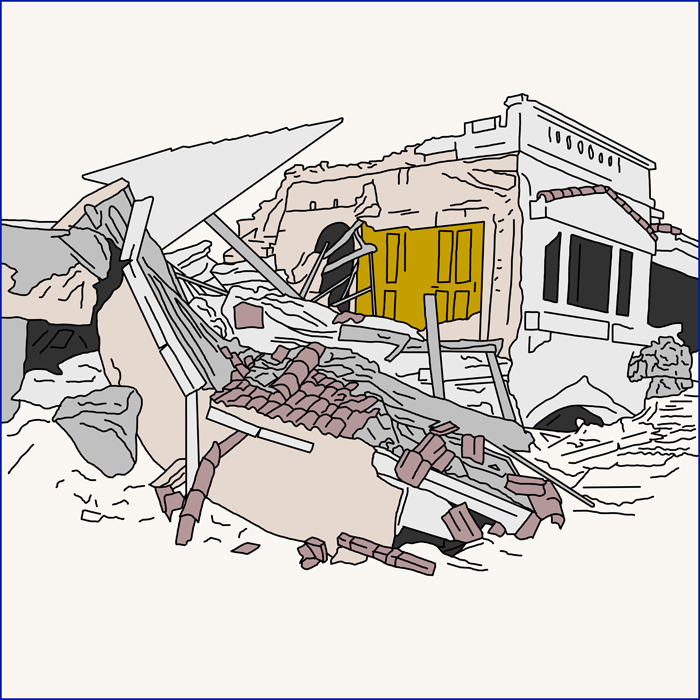
Haiti Lies in Ruins; Grim Search for the Untold Dead, Jan. 14, 2010
Inkjet print, 36 x 36 inches, 2010

Tornado / Tornado / Deadly, Shocking, Horrifying
Inkjet print, 36 x 60 inches, 2011
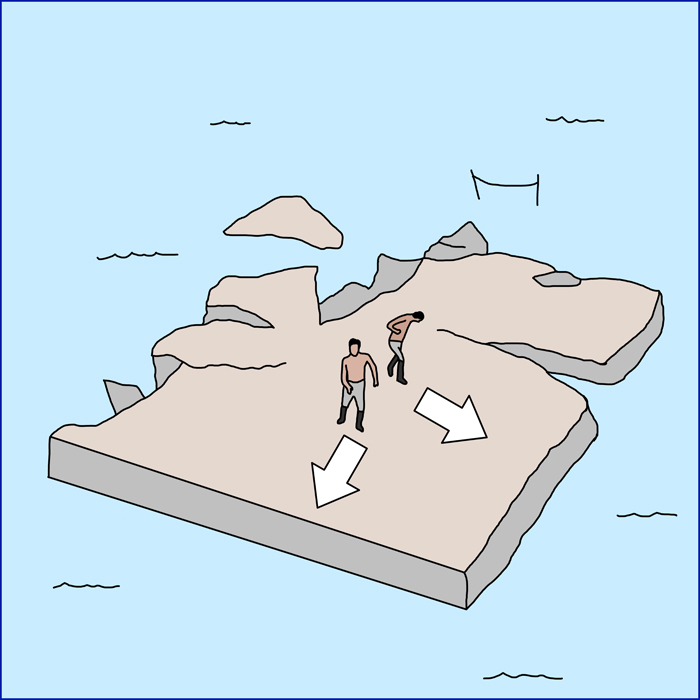
Severe flooding in Pakistan, Aug. 6, 2010
Inkjet print, 36 x 36 inches, 2010
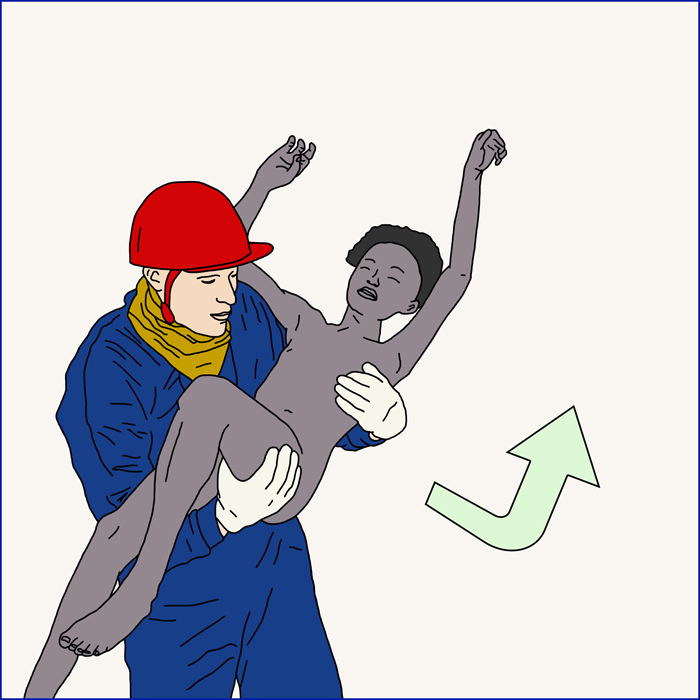
Haiti devastated by massive earthquake, Jan. 13, 2010
Inkjet print, 36 x 36 inches, 2010
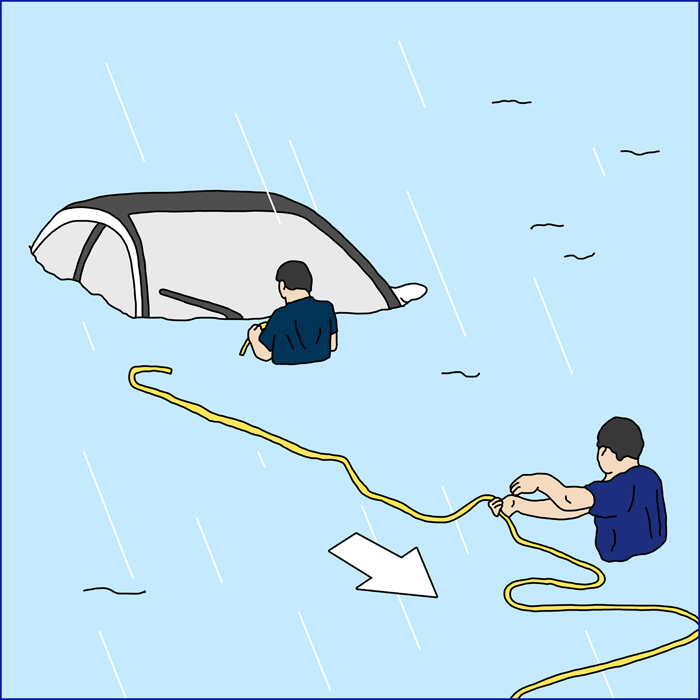
TYPHOON MORAKOT SAID TO LEAVE 600 BURIED IN TAIWAN, Aug. 10, 2009
Inkjet print, 36 x 36 inches, 2009-10
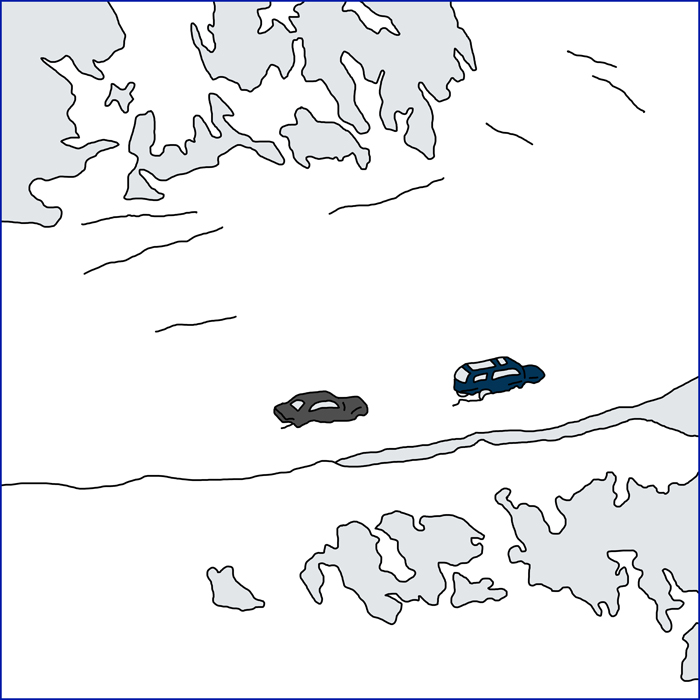
Afghanistan avalanches kill at least 165 in Salang Pass, Feb. 10, 2010
Inkjet print, 36 x 36 inches, 2010
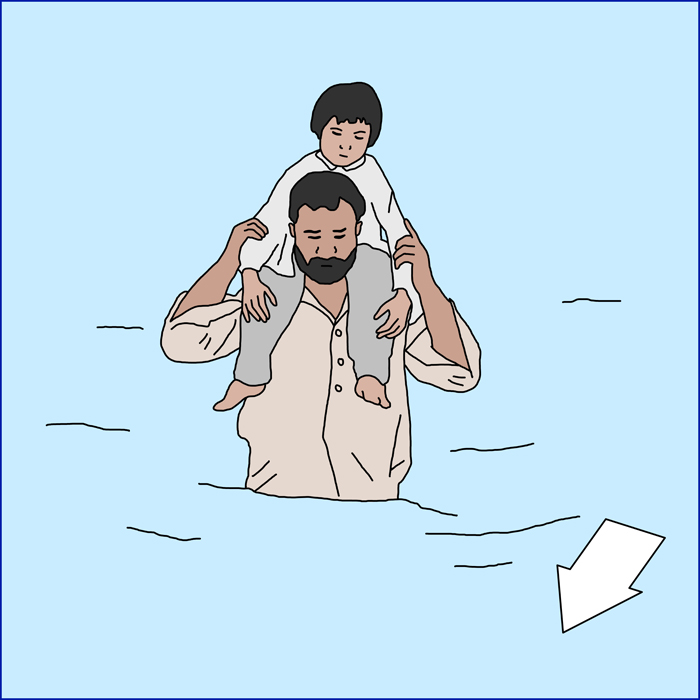
'2.5m people affected' by Pakistan floods officials say, Aug. 2, 2010
Inkjet print, 36 x 36 inches, 2010
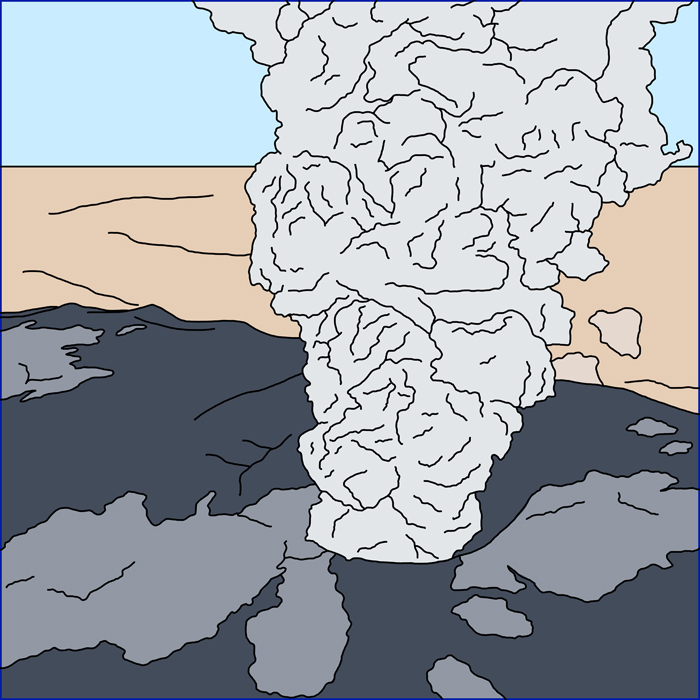
Developments in Volcanic Ash Affecting Air Travel, Apr. 17, 2010
Inkjet print, 36 x 36 inches, 2010
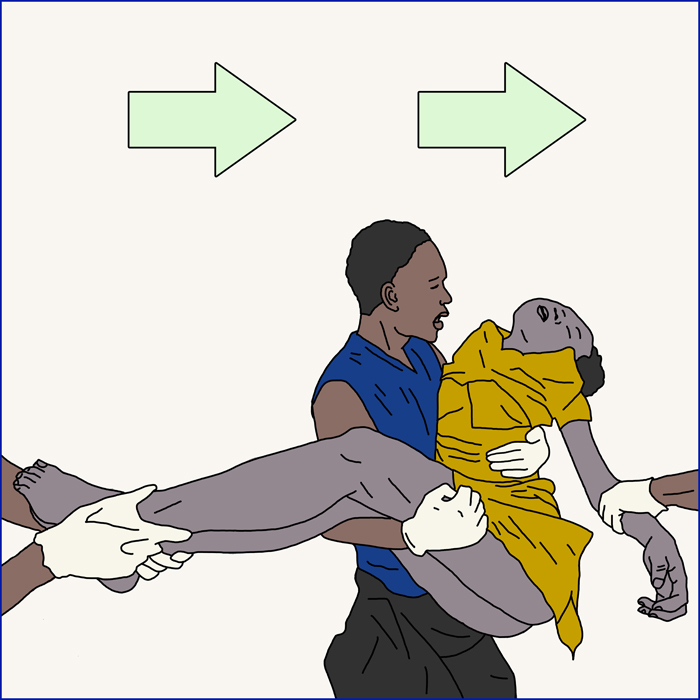
A Helping Hand for Haiti, Jan. 17, 2010
Inkjet print, 36 x 36 inches, 2010